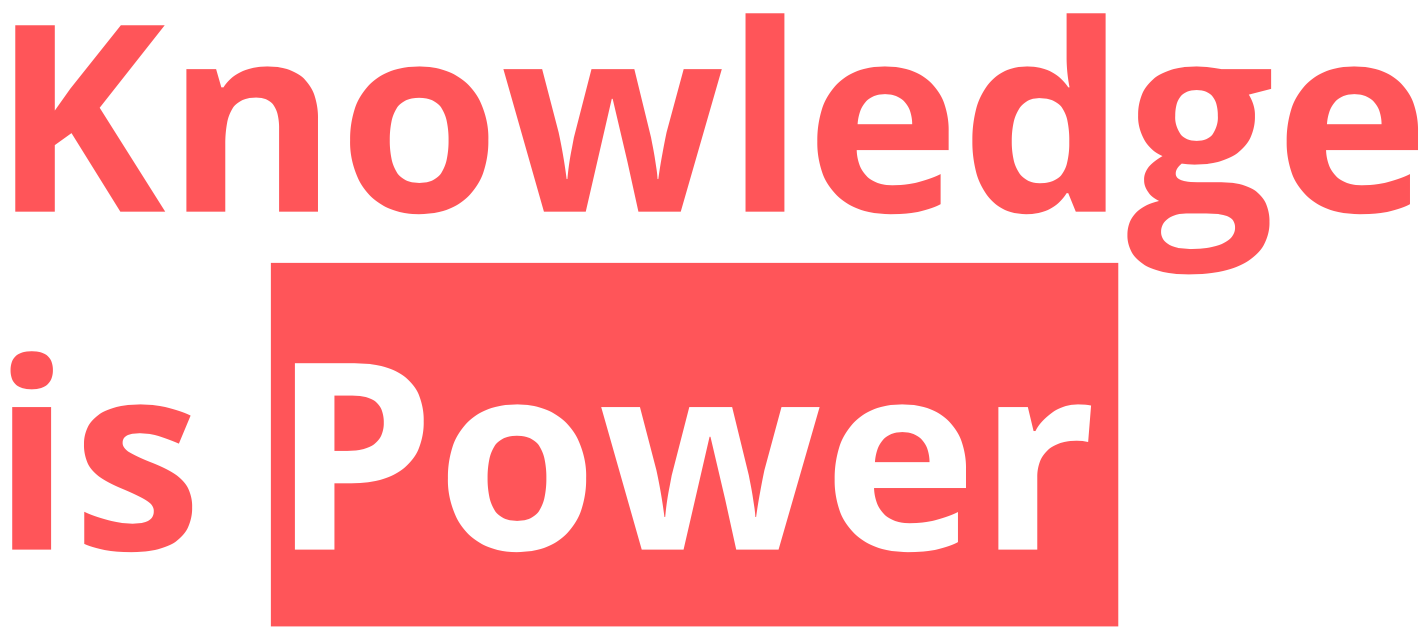Methods: Doing community-led action research
Hopefully you’ll have been through the steps outlined above and decided that an action research process is for you. By now you will:
Know the issue you want to act on
Have a sense of the role that your research will play in making the change you want to see in your community
Know who you are targeting your research towards
Know who your key stakeholders are, and have engaged with them
Have a working research question
Understand our capacity to deliver, and know the resources (people, time, money, equipment) we can draw upon.
Now, we need to think about our research methods. Research methods are simply ways of gathering raw data about the issue we are interested in.
Some methods focus on gathering numbers and statistics – these are quantitative methods and are good for showing clearly things like: how many people are in favour of something, or affected by an issue; how often and how many people use a service etc. The most common methods used to gather this information is a survey, but we can also carry out desk research.
Other methods are more concerned about what people think, how they experience things, and what they value. These are called qualitative methods. These are great for gathering a deeper understanding of issues in the community.
We might also use consultative community events to engage with the community.
Visual methods – using photography and video recording – can be used as illustration but also as a way to dig more deeply into an issue and allow people to express their creativity. These can be powerful methods of conveying information. If we decide that personal stories are important, story dialogue is a useful way of capturing these.
Each method allows your research to tell a slightly different story about the thing you are investigating. You can blend these together to suit your resources and what you are trying to achieve. But, it is very important to ask those you wish to influence about how they use data and knowledge, and what would help you make the best case you can. Are people’s real-life stories which show the impact of hardship the thing that really helps? Do they need to see numbers and percentages to be swayed? What are the things that count as evidence for them?
Contents
More resources
There are some guides to methods and analysing your findings on SCDC’s Community Partipatory Action Research (CPAR) page.
Action Research by, in and for Communities (ARC) is an accessible guide to community-led action research with introductions to, and templates for, various methods.
